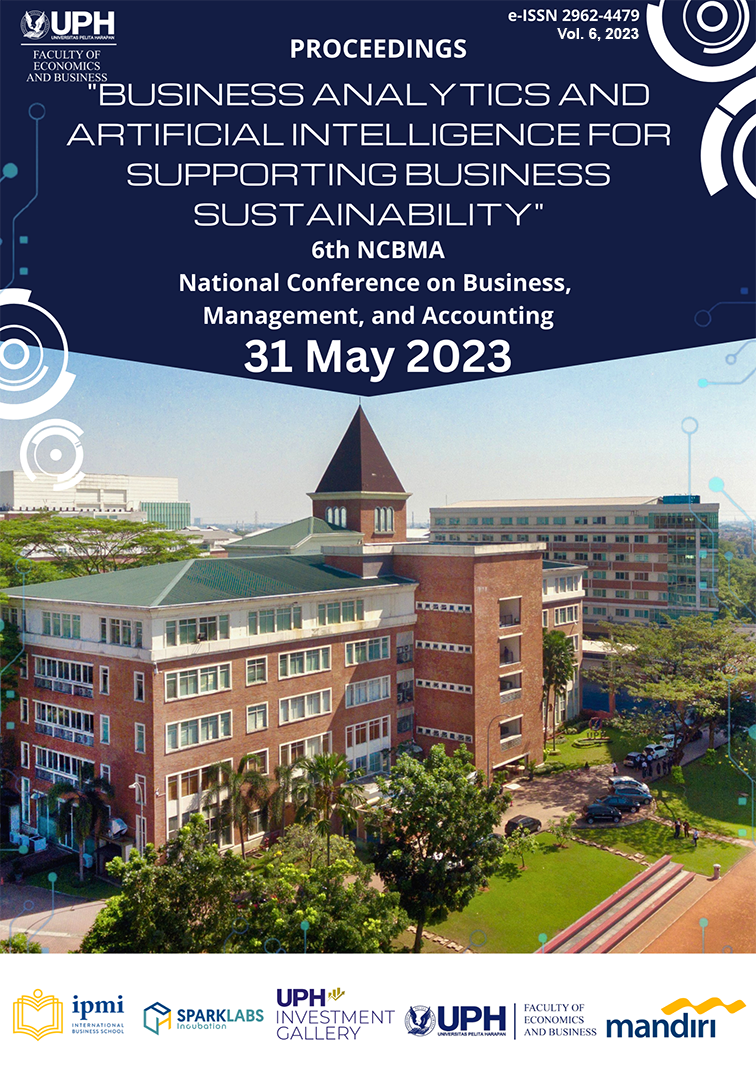TINJAUAN SISTEMATIS: GREEN BONDS DI ASEAN DAN TANTANGAN YANG DIHADAPI
Keywords:
Climate Change, Green bond, Green bond in ASEAN, Sustainable Finance, Renewable EnergyAbstract
The importance of issuing green bond financing for renewable energy and energy efficiency in ASEAN to meet fast-growing energy demand and reduce global temperature rise. Two-thirds of the green bonds issued in ASEAN have been used to finance sustainable projects such as green buildings. However, this does not mean that this issuance is without challenges, one of which is the limited credit absorption capacity. This paper analyzes research related to the issuance of green bonds and the challenges faced in the ASEAN region. This method consists of systematically reviewing the growth and challenges of green bond issuance through journal reviews. This systematic review shows that it is important to issue and mobilize green bonds in the ASEAN region to accelerate the mobilization of renewable energy and other green projects such as green buildings with various challenges.
References
ACMF, A. (2018). ASEAN Green Bond Standard.
Azhgaliyeva, D., Kapoor, A., & Liu, Y. (2020). Green bonds for financing renewable energy and energy efficiency in South-East Asia: a review of policies. Journal of Sustainable Finance & Investment, 10(2), 113-140.
Gunawan, B., & Meiranto, W. (2020). PENGARUH JENIS INDUSTRI, UKURAN PERUSAHAAN, PROFITABILITAS, DAN KEPEMILIKAN PEMERINTAH TERHADAP PENGUNGKAPAN EMISI GAS RUMAH KACA (Studi Empiris Pada Perusahaan Sektor Non Keuangan yang teratat di Bursa Efek Indonesia (BEI) 2015-2017). Diponegoro Journal of Accounting, 9(4).
Kapoor, A., Teo, E. Q., Azhgaliyeva, D., & Liu, Y. (2020). The viability of green bonds as a financing mechanism for green buildings in ASEAN (No. 1186). ADBI Working Paper Series.
Mulyani, A. S. (2021). Antisipasi terjadinya pemanasan global dengan deteksi dini suhu permukaan air menggunakan data satelit. Jurnal Rekayasa Teknik Sipil dan Lingkungan-CENTECH, 2(1), 22-29.
Nguyen, A. H., Hoang, T. G., Nguyen, D. T., Nguyen, L. Q. T., & Doan, D. T. (2023). The development of green bond in developing countries: insights from Southeast Asia market participants. The European Journal of Development Research, 35(1), 196-218.
Packer, F. (2017). Torsten Ehlers Green bond finance and certification 1. In BIS Quarterly Review. www.dealogic.com/insights/key-trends-shaped-markets-2016/
Tang, D. Y., & Zhang, Y. (2020). Do shareholders benefit from green bonds? Journal of Corporate Finance, 61. https://doi.org/10.1016/j.jcorpfin.2018.12.001
tentang_green_bond_-_krisna_wijaya. (n.d.).
Tolliver, C., Keeley, A. R., & Managi, S. (2019). Green bonds for the Paris agreement and sustainable development goals. Environmental Research Letters, 14(6). https://doi.org/10.1088/1748-9326/ab1118
Pronina, L. (2019). What Are Green Bonds and How ”˜Green’Is Green?. Bloomberg Businessweek, 3(24), 2019.
Ulfa, M. (2018). Persepsi masyarakat nelayan dalam menghadapi perubahan iklim (ditinjau dalam aspek sosial ekonomi). Jurnal Pendidikan Geografi, 23(1), 41-49.
Yu, Y. (2018, June). Catalysing Green Bonds In Asean+ 3 Countries To Mobilize Finance For Energy Market Transformation. In Transforming Energy Markets, 41st IAEE International Conference, Jun 10-13, 2018. International Association for Energy Economics.
Yoshino, N., & Taghizadeh-Hesary, F. (2018). The role of SMEs in Asia and their difficulties in accessing finance.

